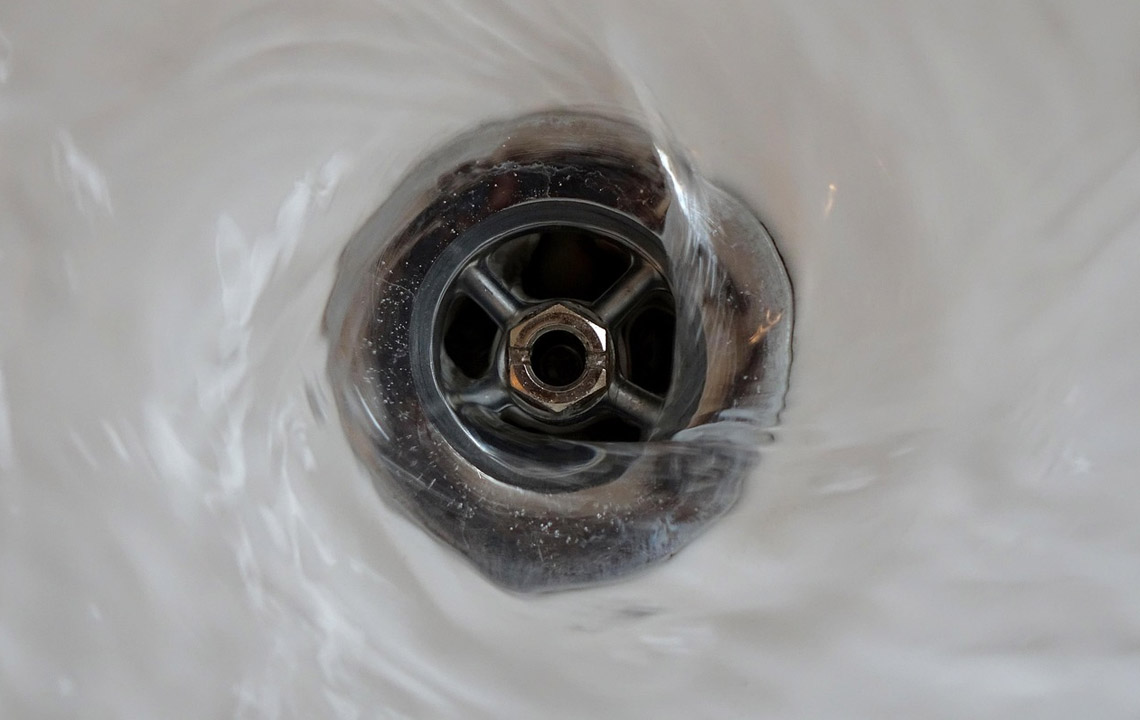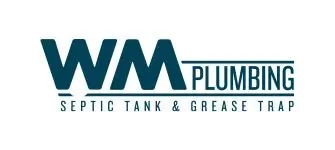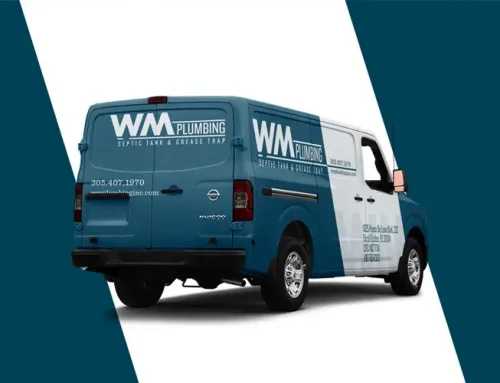How to Handle Clogged Drains in Historic Homes

Handling clogged drains in historic homes presents unique challenges. The plumbing in these homes is often old, fragile, and may not meet modern standards, making it susceptible to frequent blockages and damage. Addressing these issues requires careful consideration and specialized techniques to avoid compromising the integrity of the home. Here’s a comprehensive guide on how to handle clogged drains in historic homes.
Understanding the Plumbing System
Historical Plumbing Materials: Historic homes typically have plumbing systems made from materials like cast iron, galvanized steel, or even clay. These materials can degrade over time, leading to corrosion, leaks, and blockages.
Fragile Pipes: The age and condition of the pipes in historic homes mean they can be fragile and prone to damage from aggressive cleaning methods or chemicals. Understanding the limitations and conditions of these pipes is crucial for effective maintenance.
Identifying Common Causes of Clogs
Corrosion and Rust: Old pipes often suffer from corrosion and rust, which can flake off and cause blockages. Corroded pipes also have rough interiors that can trap debris more easily.
Tree Roots: Historic homes often have mature landscaping, including large trees. Tree roots can invade old sewer lines, causing significant blockages and damage.
Accumulated Debris: Over the decades, debris such as hair, grease, soap scum, and mineral deposits can accumulate in the pipes, leading to slow drainage and clogs.
Preventive Measures
Regular Inspections: Regular plumbing inspections by a professional familiar with historic homes can help identify potential issues before they become major problems. This proactive approach can extend the life of your plumbing system and prevent unexpected clogs.
Gentle Cleaning Practices: Use gentle cleaning practices to avoid damaging fragile pipes. Avoid harsh chemical drain cleaners, which can accelerate corrosion. Instead, opt for natural solutions like a mixture of baking soda and vinegar followed by hot water to maintain clear drains.
Effective Tools and Techniques
Plungers: A plunger can be an effective tool for dislodging minor clogs in sinks and toilets. Ensure a good seal around the drain and use gentle, steady pressure to avoid damaging old pipes.
Drain Snakes: A drain snake, or auger, is useful for reaching and dislodging clogs deeper in the pipes. When using a drain snake, proceed slowly and carefully to avoid scratching or breaking fragile pipes.
Hydro Jetting: Hydro jetting uses high-pressure water to clear blockages and clean the interior of pipes. However, due to the high pressure, this method should only be used by professionals who can assess whether the old pipes can withstand the force without being damaged.
Pipe Relining: For pipes that are severely damaged or corroded, pipe relining is a minimally invasive method to reinforce existing pipes. This involves inserting a resin-coated liner into the pipe, which hardens and forms a new, durable inner surface. This method can prolong the life of your plumbing without the need for extensive excavation.
Addressing Tree Root Invasion
Regular Root Maintenance: Regular maintenance of trees and shrubs near your home can prevent roots from invading your sewer lines. Consulting with an arborist can help manage root growth effectively.
Root Barriers: Installing root barriers around sewer lines can prevent roots from reaching and damaging your pipes. This proactive measure can protect your plumbing system from future invasions.
Professional Root Removal: If roots have already invaded your pipes, a professional plumber can use specialized equipment to remove them. This may involve using a mechanical auger or hydro jetting, followed by inspecting the pipes for damage.
Restoring Functionality
Professional Assessment: If you encounter persistent clogs, it’s essential to have a professional plumber assess the situation. They can use camera inspections to accurately diagnose the problem without causing additional damage.
Sectional Pipe Replacement: In cases where pipes are severely damaged, sectional pipe replacement might be necessary. This involves replacing only the affected sections of pipe, preserving as much of the original plumbing as possible while restoring functionality.
Long-Term Solutions
Upgrading Plumbing System: Consider upgrading your plumbing system if you frequently encounter issues. Modern materials like PVC and PEX offer greater durability and resistance to clogs and corrosion. However, any upgrades should be done sensitively to maintain the historical integrity of the home.
Regular Maintenance Schedule: Implement a regular maintenance schedule that includes periodic inspections, gentle cleaning, and professional assessments. This approach can help prevent clogs and ensure your plumbing system remains in good working order.
Conclusion
Handling clogged drains in historic homes requires a careful, informed approach to protect the integrity of the plumbing system and the home itself. By understanding the unique challenges posed by old plumbing, using gentle cleaning methods, and seeking professional help when necessary, you can effectively manage and prevent clogs. Regular maintenance and thoughtful upgrades can ensure that your historic home’s plumbing remains functional and reliable for years to come, preserving both its character and comfort.


